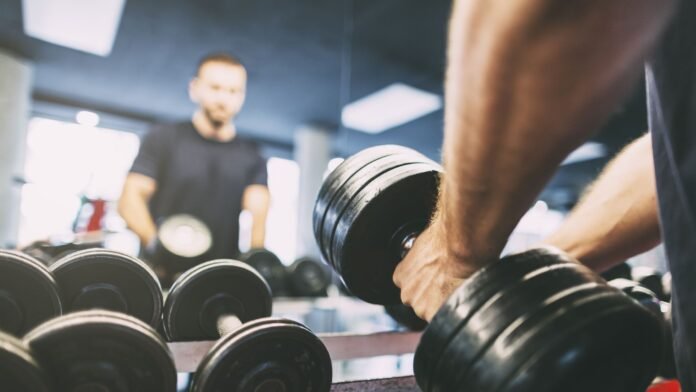Athletic coach and author Ayesha Billimoria has emphasized the crucial role of strength and endurance training, specifically through movements like jumping, hopping, and lifting, in maintaining and enhancing physical fitness. With 27 years of experience in training and competing, Billimoria recently shared insights on how these explosive, high-intensity exercises benefit the body.
Billimoria revealed that she underwent a comprehensive assessment by @suuperstrong, which highlighted her strengths and weaknesses. This assessment, the first of its kind for her, provided valuable insights into her athletic performance. She learned that she predominantly relies on her tendons rather than her muscles while running, contributing to her history of injuries and poor running form.
Orthopaedic consultant Dr. Udit Kapoor from Metro Hospital in Faridabad supports Billimoria’s views. He explained that jumping, hopping, and sprinting involve explosive, high-intensity movements requiring rapid force production. These activities not only build muscle strength but also enhance the body’s ability to produce power quickly, which is essential for overall athletic performance.
Billimoria stressed the importance of incorporating these movements into regular training routines. Jumping and hopping, for instance, improve lower body strength, coordination, and balance. They engage multiple muscle groups, including the calves, quads, hamstrings, and glutes, contributing to overall muscular development and endurance.
Lifting, on the other hand, focuses on building muscle mass and strength. It helps in strengthening the core, improving posture, and enhancing overall body mechanics. Billimoria noted that proper lifting techniques are crucial to prevent injuries and maximize benefits.
Through her assessment, Billimoria realized the need to balance her training by incorporating more muscle-focused exercises to complement her tendon reliance. This adjustment aims to correct her running form and reduce injury risk, ultimately improving her athletic performance.
Her experience underscores the importance of personalized training assessments. These evaluations can provide athletes with tailored recommendations, helping them address specific weaknesses and optimize their strengths. Billimoria’s journey highlights the ongoing learning process in athletics and the value of adapting training methods based on individual needs.
Billimoria’s revelations also point to the broader significance of understanding the unique biomechanics of each athlete. By focusing on how individual bodies move and respond to different exercises, coaches and trainers can develop more effective training programs. This approach not only enhances performance but also fosters long-term athletic health by mitigating the risk of overuse injuries.
Dr. Udit Kapoor further elaborated on the physiological benefits of these high-intensity movements. He mentioned that exercises like jumping and hopping stimulate the nervous system, improving neuromuscular coordination and agility. This, in turn, enhances an athlete’s ability to perform rapid and complex movements efficiently. These activities also boost cardiovascular health by increasing heart rate and promoting better blood circulation, which are crucial for endurance sports.
Strength training, including lifting, is vital for building bone density, particularly important for athletes who are prone to stress fractures and other bone-related injuries. Dr. Kapoor noted that regular lifting exercises can help in maintaining strong bones and reducing the likelihood of osteoporosis in the long run. Moreover, lifting improves metabolic rate, aiding in better weight management and overall fitness.
Ayesha Billimoria’s experience also highlights the psychological benefits of a well-rounded training regimen. Engaging in a variety of exercises can prevent burnout and keep training interesting and motivating. The diversity in workouts not only helps in physical development but also maintains mental health, which is crucial for peak performance in sports.
Billimoria’s advocacy for strength and endurance training extends to athletes of all levels. Whether a beginner or a seasoned professional, incorporating jumping, hopping, and lifting into a training routine can provide significant benefits. She encourages athletes to seek regular assessments and adapt their training programs to their evolving needs.

